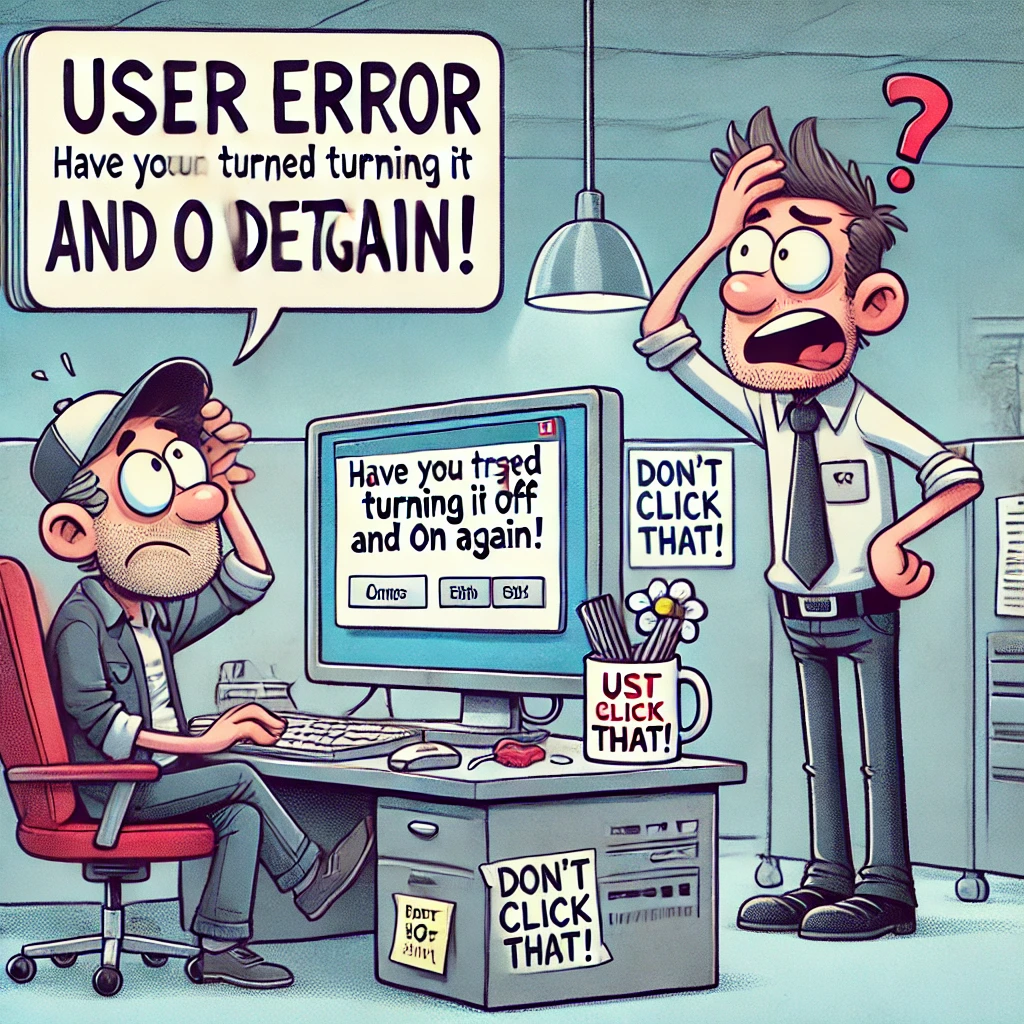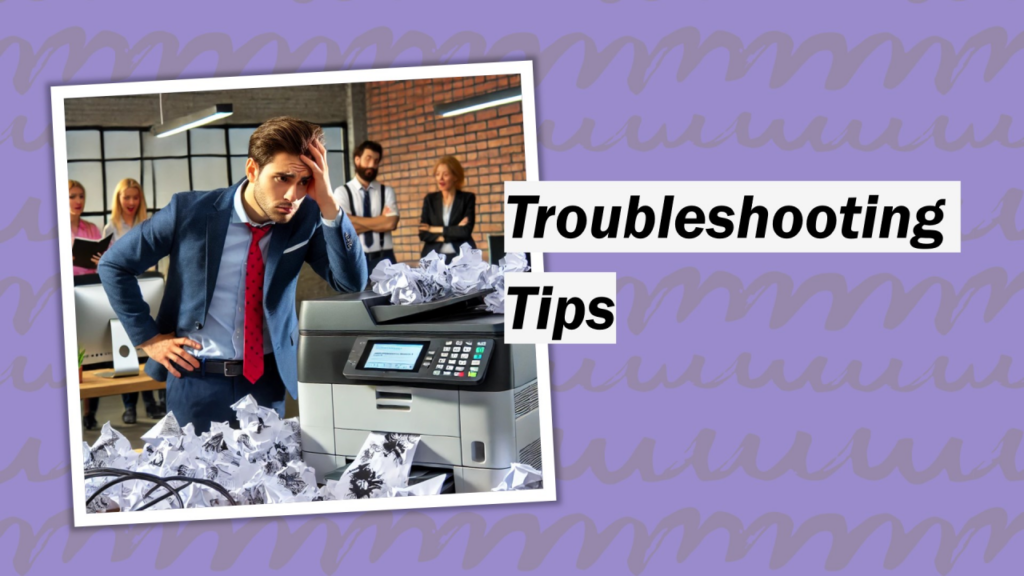Well, it’s official—Windows 10 is heading toward retirement! As Microsoft wraps up support for its beloved operating system at the end of October, it’s time to face the music: sticking with Windows 10 could leave your business vulnerable. But don’t fret! Windows 11 is here, and it’s not just a flashy update—it’s a necessity. So, let’s dive into why you should upgrade, what’ll happen if you don’t, and how to make the leap without breaking a sweat.
What Does “End of Support” Actually Mean?
You might be wondering, “What’s the big deal if Windows 10 stops being supported?” Well, here’s the kicker:
- No More Security Updates: Without Microsoft’s regular patches, your system becomes a sitting duck for hackers.
- Compliance Risks: Many industries require up-to-date software to meet security regulations. Running an outdated OS? That’s a compliance nightmare waiting to happen.
- Software Incompatibility: Over time, newer apps and tools won’t play nice with Windows 10.
- No New Features: Forget about performance boosts or fancy new tools—Windows 10’s innovation days are over.
Simply put, sticking with Windows 10 is like driving a car with no brakes. Sure, it might work for a while, but it’s not safe, and it’s definitely not sustainable.
Why Windows 11?
Microsoft didn’t just slap a fresh coat of paint on Windows 11. It’s a whole new beast, packed with features to make your life easier and your business more secure. Here’s what makes it worth the switch:
1. Enhanced Security
Windows 11 was built with cybersecurity in mind. Features like hardware-based isolation, Secure Boot, and TPM 2.0 ensure that your system is locked down tighter than Fort Knox.
2. Better Performance
From faster boot times to improved memory management, Windows 11 is designed to keep things running smoothly, even when you’re juggling a dozen tasks at once.
3. Streamlined User Interface
The modern, clean design isn’t just about aesthetics—it’s about functionality. Features like Snap Layouts and Virtual Desktops help you stay organized without feeling overwhelmed.
4. Integration with Modern Tools
From Microsoft Teams integration to support for Android apps, Windows 11 is built for the way we work today.
How to Prepare for the Upgrade
Switching to Windows 11 doesn’t have to be a headache. Follow these steps to ensure a smooth transition:
1. Check Compatibility
Not every device is ready for Windows 11. Use Microsoft’s PC Health Check tool to see if your hardware makes the cut.
2. Backup Your Data
Before making any big changes, back up your important files—better safe than sorry!
3. Update Your Current System
Make sure your Windows 10 is fully updated. This can help avoid hiccups during the upgrade process.
4. Plan for Downtime
Set aside some time for the upgrade. While the process is pretty straightforward, it’s always good to have a buffer for troubleshooting.
5. Work with IT Experts
If you’re managing multiple devices or a business network, getting professional help can save you a lot of headaches.
FAQs
1. What happens if I don’t upgrade to Windows 11 after October?
Your Windows 10 system will still work, but it will no longer receive security updates, leaving it vulnerable to cyber threats.
2. Can I stay on Windows 10 if I only use it for basic tasks?
Even for basic use, the lack of security updates poses a risk. Upgrading to Windows 11 ensures you’re protected.
3. How much does upgrading to Windows 11 cost?
If you already have a licensed version of Windows 10, the upgrade to Windows 11 is free.
4. What if my device isn’t compatible with Windows 11?
You might need to invest in new hardware. While that’s an upfront cost, it’s a worthwhile investment for better security and performance.
5. Can I downgrade back to Windows 10 if I don’t like Windows 11?
Yes, but only within 10 days of upgrading. After that, you’ll need to perform a clean install of Windows 10.
Why Procrastination Could Cost You
You’re busy—we get it. But delaying your upgrade to Windows 11 could lead to:
- Data Breaches: Cybercriminals love unpatched systems.
- Productivity Loss: Outdated software can be glitchy and unreliable.
- Missed Opportunities: Modern tools are designed for Windows 11, not Windows 10.
Don’t let your business fall behind just because you’re clinging to the past.
Conclusion
The clock’s ticking, and October will be here before you know it. With Windows 10 support ending, making the move to Windows 11 isn’t just a smart choice—it’s a necessary one. From enhanced security to game-changing features, Windows 11 is built to help you thrive in today’s fast-paced world.
So, don’t wait until the last minute. Start planning your upgrade today, and step into the future with confidence. Windows 11 is calling—are you ready to answer?










